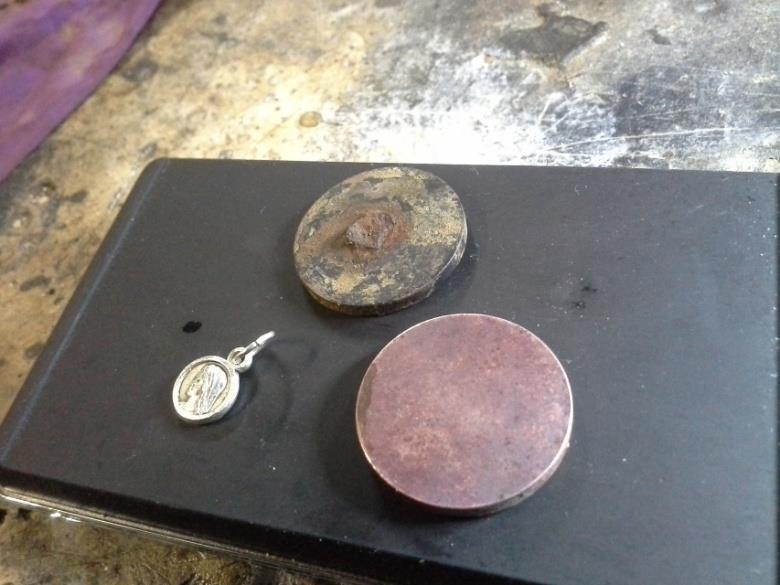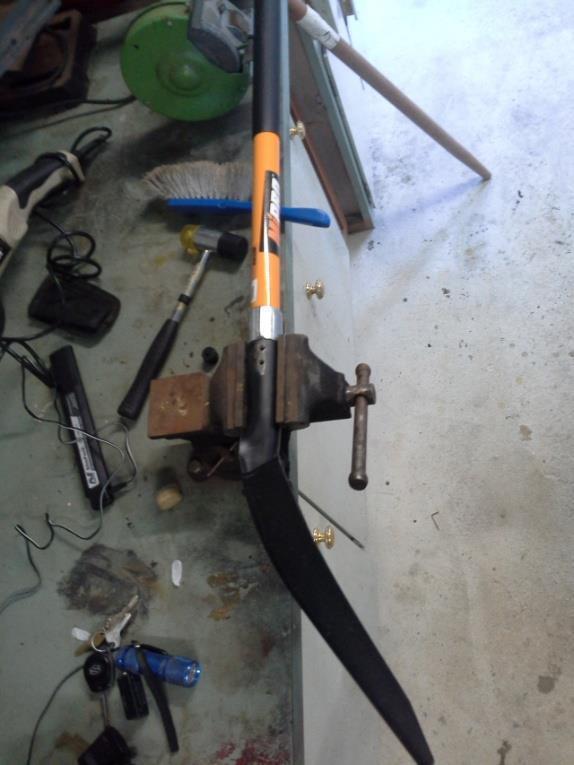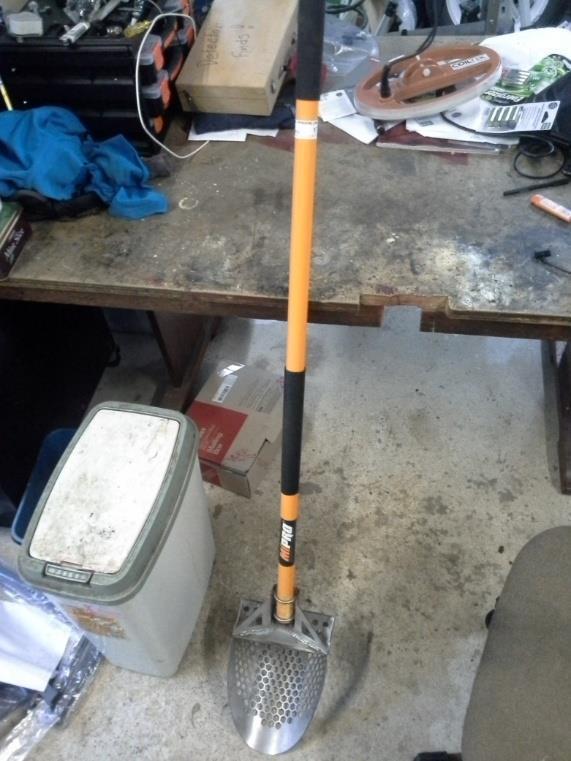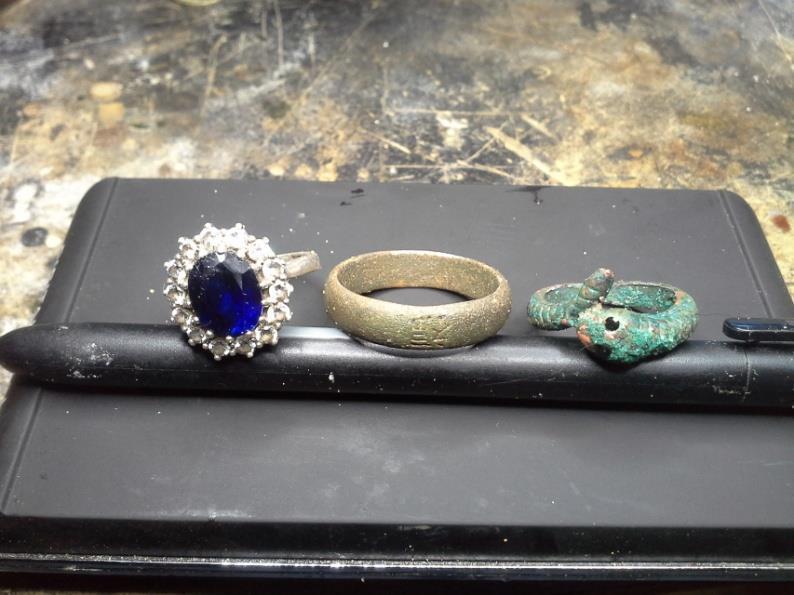Hello Goldpick, I found this on the web to help you in your search for that elusive florin. I've just copied some and pasted it(research purposes) and I will put in a link to the page where I found it at the end.
In The Adelaide Park Lands Patricia Sumerling recounts tales both enchanting and bizarre from their earliest European settlement until the present day. Where once the Aborigines held their corroborees there are now the many ethnic groups to hold their cultural festivals and dances. They are now also used for weddings, jogging, circuses and flying model aeroplanes.
Fireworks, balloon ascents, tightrope acts and parachuting were replaced later by rifle shooting, army and police training and the digging of air raid shelters. The Park Lands have also been used for some illegal activities such as betting, gambling, fist fights, bashings, sex, rape and murder. However the dominant activity during their entire history has been sport. Sport of any kind has been played, among the earliest being, hunting, horse racing, coursing, kangaroo chasing and ostrich racing.
Among the more organised sports have been athletics, polo, baseball, rowing, archery, netball, lacrosse, tennis, hockey, cycling, cricket, swimming, golf, lawn bowls, horse racing and many, many others. Patricia Sumerling has something to say about every one of them. Her story is illuminated by hundreds of black and white photographs. The book is not only very informative but also interesting and a pleasure to read.
Review by Nic Klaassen
Patricia Sumerling was awarded Historian of the Year in the South Australian History Awards, presented at Government House on Monday 29 July 2013.
The Adelaide Park Lands, a social History by Patricia Sumerling,
with chapter references, index, bibliography and numerous colour and black and white illustrations,
is available at $49.95, from
Wakefield Press
http://www.southaustralianhistory.com.au/parklands.htm














